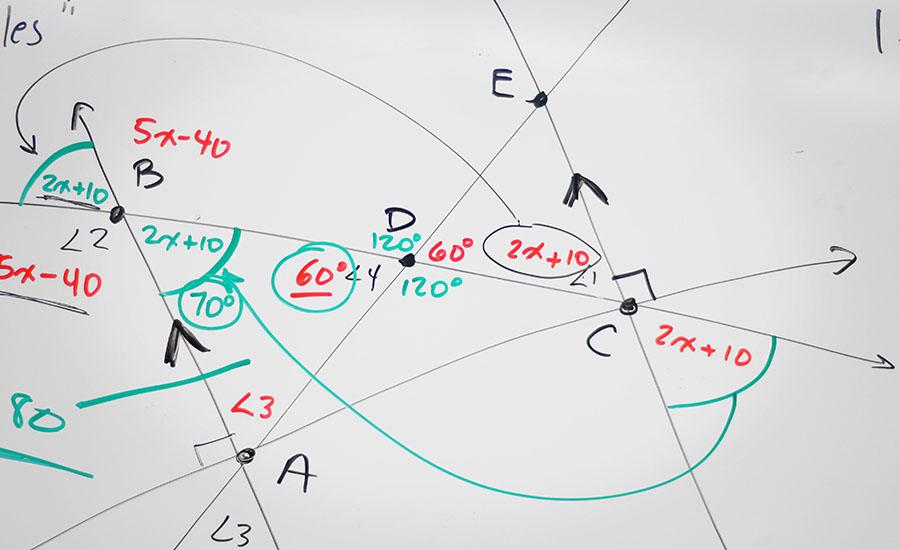
Grades:
4th Grade, 5th Grade, 6th Grade, 7th Grade, 8th Grade
How can you get objects from one location to a specific dropping point using a cable? Students utilize the Engineering Design Process and their learning of Newton's Laws of Motion, slope, mass and



